This spring, Garage is playing host to three exhibitions that explore environmental issues and their possible interpretations in art: Viktor Pivovarov’s The Snail’s Trail, Rashid Johnson’s Within Our Gates, and Taryn Simon’s Action Research / The Stagecraft of Power. This overview by Garage Research offers a selection of texts on related topics.
Writings on 'Art After Nature'
Overview by Elena Ishenko, Maryana Karysheva, and Valeriy Ledenev
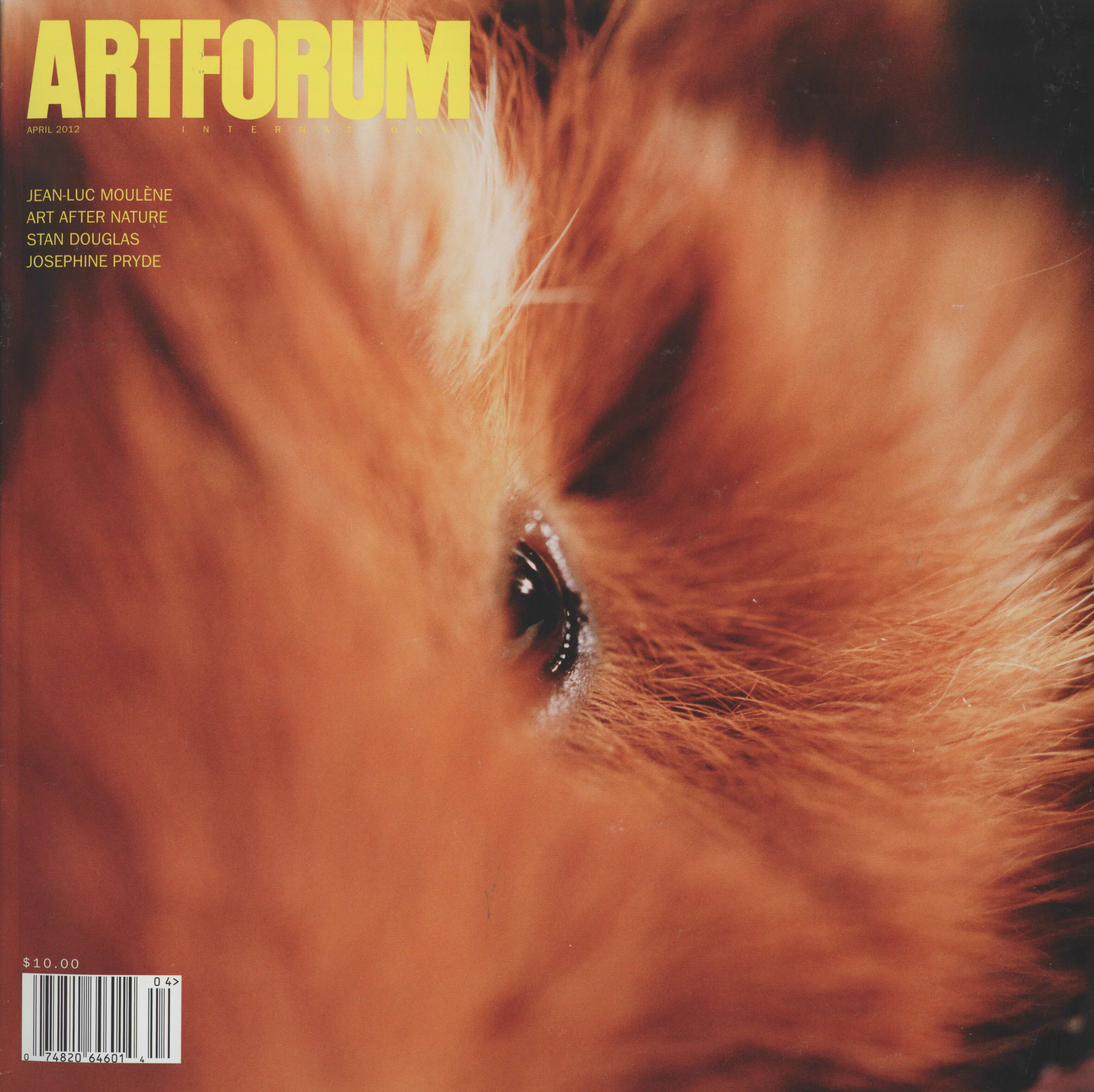
T.J. Demos. “Art After Nature.”
Artforum April 2012, Vol. 50 №8: 191–197
Art After Nature, written by art critic and curator T. J. Demos, was published in Artforum four years ago in April 2012; it has not lost its relevance in the years that followed. Indeed, Moscow Art Magazine included the article in its latest issue, devoted to “the natural and the digital.” Offering an overview of some of the landmark works and the latest trends in artistic reflections on nature, Demos points to the growing interest in the subject and a surge in the number of exhibitions, catalogues, and articles exploring the relation between art and ecology.
Without denying the achievements of eco-art pioneers like Joseph Beuys, Agnes Denes, Peter Fend, and Hans Haacke, Demos notes that while raising our awareness of certain problems and phenomena, they also unintentionally objectified nature. However, drawing on Timothy Morton’s theory of “ecology without nature,” he argues that today objectification of nature is no longer possible, as nature cannot be envisaged separately from humanity; all living creatures and inanimate objects have become interconnected through contemporary politics and sensibilities.
The majority of works discussed by Demos explore the increasingly visible links between ecology, economy, and law. With their Black Shoals Stock Market Planetarium (2001/2014), Lise Autogena and Joshua Portway refute the thesis about market relations being inherent to human nature, while Amy Balkin’s Public Smog (2004) exists at the intersection of ecology and finance: buying permits for discharging pollutants on emissions markets, the artist creates “clean-air parks.”
Another global environmental problem derives from the concept of biotic and monetary equivalence, which sees nature as a commodity. This concept, Demos points out, overlooks the fact that life forms are embedded in singular knots of local relations and cannot be substituted for one another.
The article also discusses a number of local initiatives that blur the boundaries between art and activism, such as Nils Norman’s Geocruiser (2001–2004)—a coach with a greenhouse and a library powered by solar energy and bio-diesel—and the eco-communist, bioregionalist Edible Park (2010).
As attested by the choice of articles for the April issue of Moscow Art Magazine, the problems raised by the projects discussed in “Art After Nature” are still as pressing as ever, if now transformed by the general digitization of culture. Along with the article by Demos, the issue contains the previously mentioned Ecology without Nature by Timothy Morton; Nina Sosna’s essay Mineral Man, which expands the understanding of the human beyond biology; an overview of Ivan Novikov’s “natural art”; Clair Bishop’s article “Digital Divide,” which examines the transformation of art in the digital era; and Boris Groys’ text on art’s ability to convey the truth. M.K.
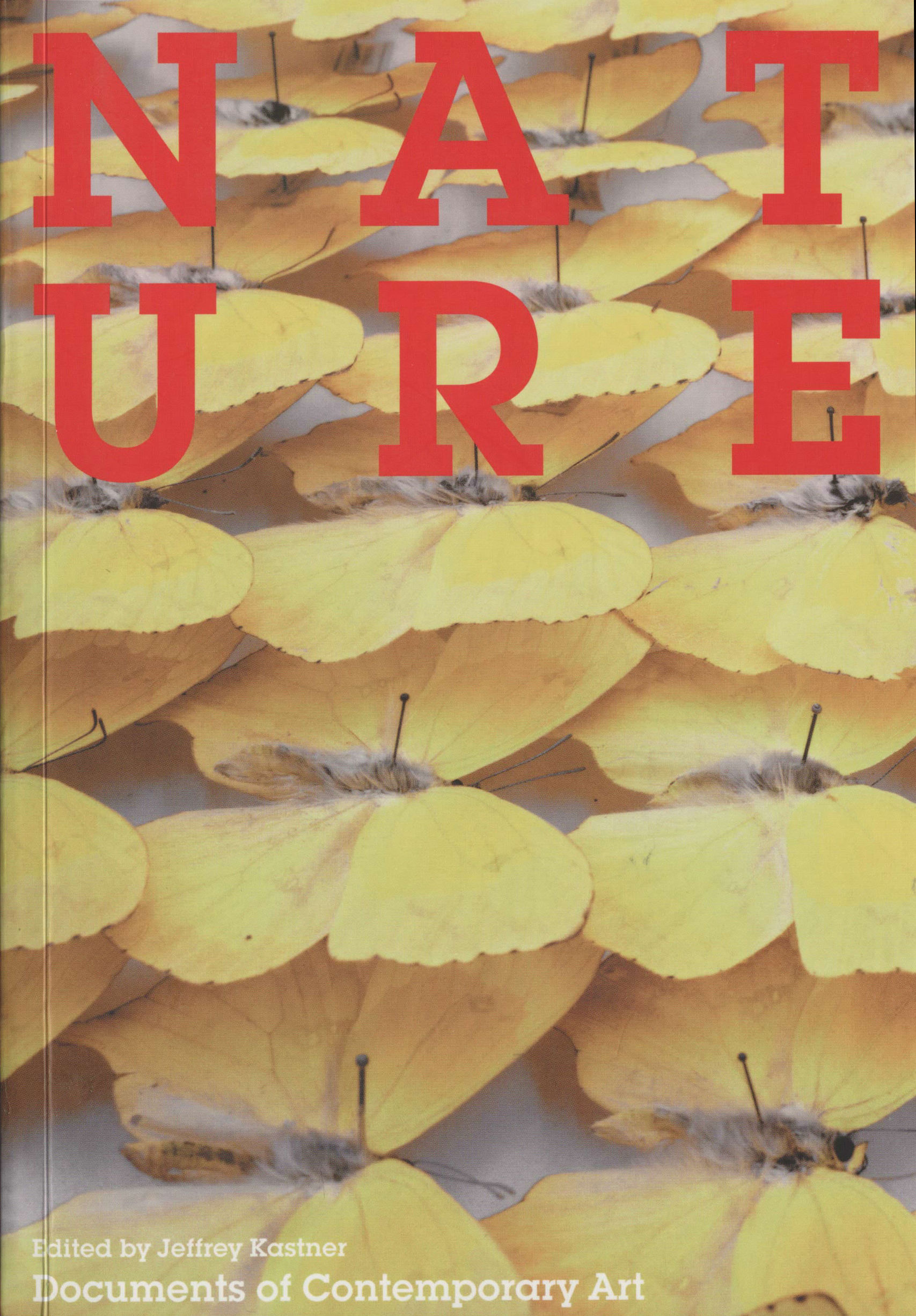
Nature. Edited by Jeffrey Kastner
Cambridge: MIT Press and Whitechapel Gallery, 2012. – 239 pp.
This anthology by critic and senior editor of Cabinet Jeffrey Kastner is devoted to the art of the anthropocene—the epoch when every human has become an actor in the ecosystem and can have an impact on Earth’s nature, as the editor himself insists in his foreword. The book examines art’s engagement with environmental issues over the last 60 years (the age of the interdisciplinarity in art) as well as the dichotomy of nature and culture—the elusive difference between the natural and the artificial, and the artist’s role as a mediator.
Discussing a number of ways in which art can interact with nature, and the imagery such interactions can produce, the book is split into three parts, each devoted to a particular discourse on nature and examining it as a socio-philosophical phenomenon that manifests itself in a certain kind of artistic strategy. Part one of the anthology—“Material Zones”—opens with “Imagination and Matter” by Gaston Bachelard, who introduces the reader to the basic concept of an environment consisting of living organisms that are created by fundamental biological processes on the one on hand and independent subjects on the other. The following pages are devoted to the analyses of works by the pioneers of land art: Walter de Maria, Robert Smithson, Ana Mendieta, and Hans Haacke, among others. Part two is titled “Evolutionary Ideas” and focuses on the concept of post-humanism. It contains interviews and essays by Stelarc, Pierre Huyghe, and Philippe Parreno.
The most interesting section of the book with regard to the ecology of artistic imagery is “Cognition and Conscience,” which looks into the questions posed by the (de)humanization of nature. In his famous “What Is It Like to Be a Bat?,” American thinker Thomas Nagel links the proposition that all living creatures have a consciousness to the subjective nature of their perceptive experiences and thus questions the correlation between being and consciousness, laying the path for speculative realists. The book ends with an excerpt from “Will Non-Humans Be Saved? An Argument in Ecotheology” by sociologist and philosopher Bruno Latour, one of the primary developers of actor-network theory, who combines science with theology in order to replace the old opposition of subject and object with that of nature and creation. E. I.
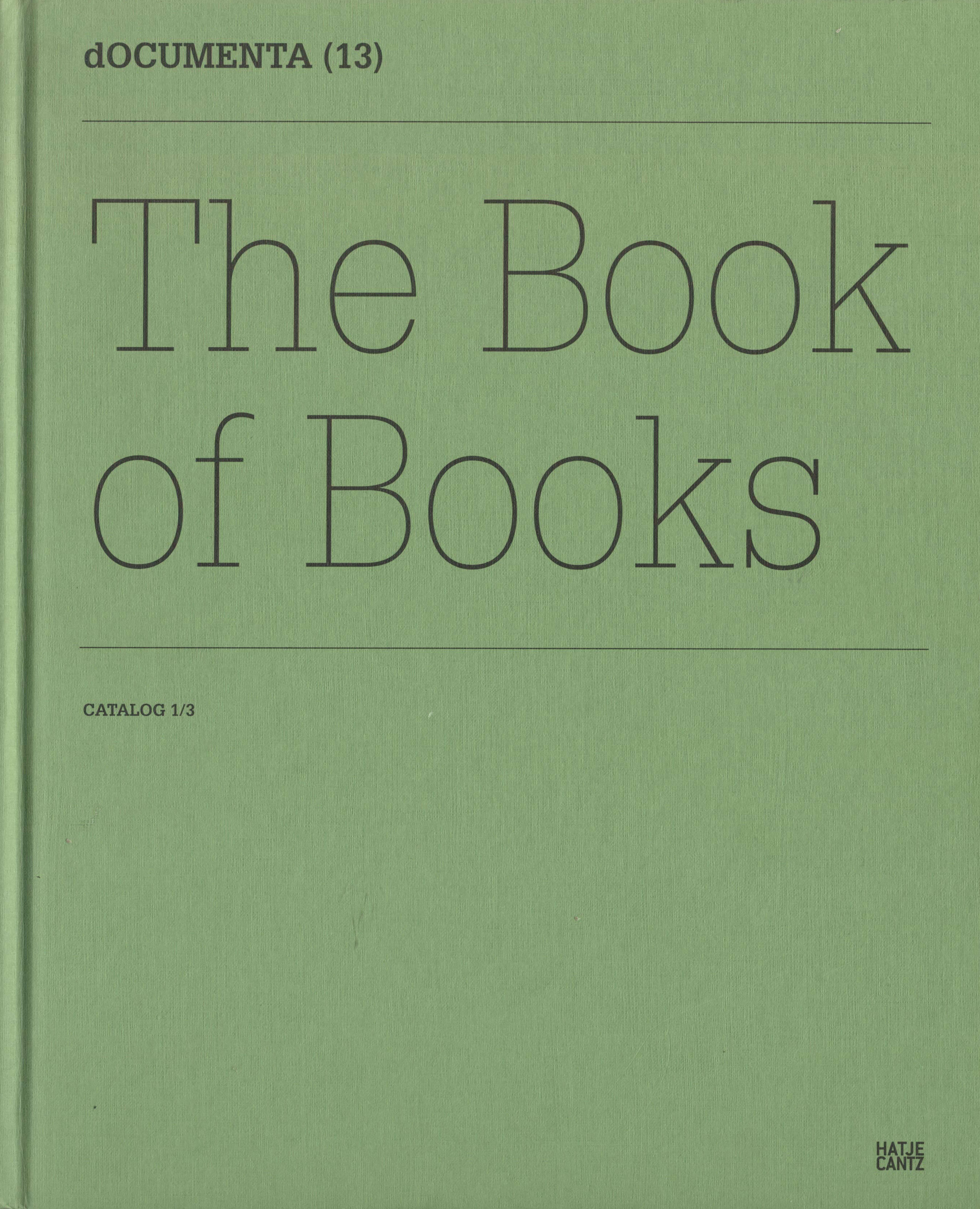
DOCUMENTA (13). The Books of Books. Catalogue 1/3.
Ostfildern: Hatje Cantz, 2012. – 767 pp.
The three green volumes of the DOCUMENTA (13) catalogue seem to have embodied its artistic director Carolyn Christov-Bakargiev’s love of ecology. Apart from the usual exhibition guide with a full list of participants (not only artists) and their projects (volume 3), the catalogue contains the story of the exhibition’s making (volume 2, The Logbook) and The Book of Books (volume 1).
The Book of Books is of particular interest: the 800-page tome contains 100 texts, including articles by thinkers like György Lukács, Walter Benjamin, Franco “Bifo” Berardi, feminist scholar Griselda Pollock, film director Alejandro Jodorowsky, curators Édouard Glissant and Hans-Ulrich Obrist, artists Donna Haraway, Salvador Dalí and William Kentridge, psychoanalyst Melanie Klein, and physicist Anton Zeilinger. Reproducing the publication series 100 Notes—100 Thoughts, The Book of Books consists of excerpts, sketches, project outlines—often unfinished and discrete fragments of thought. Assembled in one book, these texts, in the words of Carolyn Christov-Bakargiev, “explore political emancipation through imagination.”
In The Third Table (No. 085, p. 540) philosopher Graham Harman discusses the concepts of speculative realism and object-oriented philosophy, offering a new perspective on the objective world and, as a consequence, on art. The title is a reference to a lecture by Arthur Eddington, in which the physicist spoke of two tables: the ordinary table of the everyday (or, the table of humanities, which are focused on humans and society), and the table made of atoms and electrons (or the table of science). The two tables represented two different cultures. However, Harman, being a speculative realist, claims that none of Eddington’s perspectives allow us to see the table as an autonomous thing without reducing it to its constituents or visual aspects. Such objects are inaccessible to sensory perception and human reason, and can only be studied indirectly (which is why they evade definition and are suspended between Eddington’s two cultures). Searching for an apparatus that would allow us to make sense of such phenomena, Harman comes to the conclusion that a third perspective—offered by the culture of arts—comes closest to them, pointing out that artists do normally create works that cannot be reduced to the sum of their elements or their utilitarian function. Harman finishes with calling on philosophy to abandon its aspiration of becoming a science and instead make use of the energy offered by art. E. I.
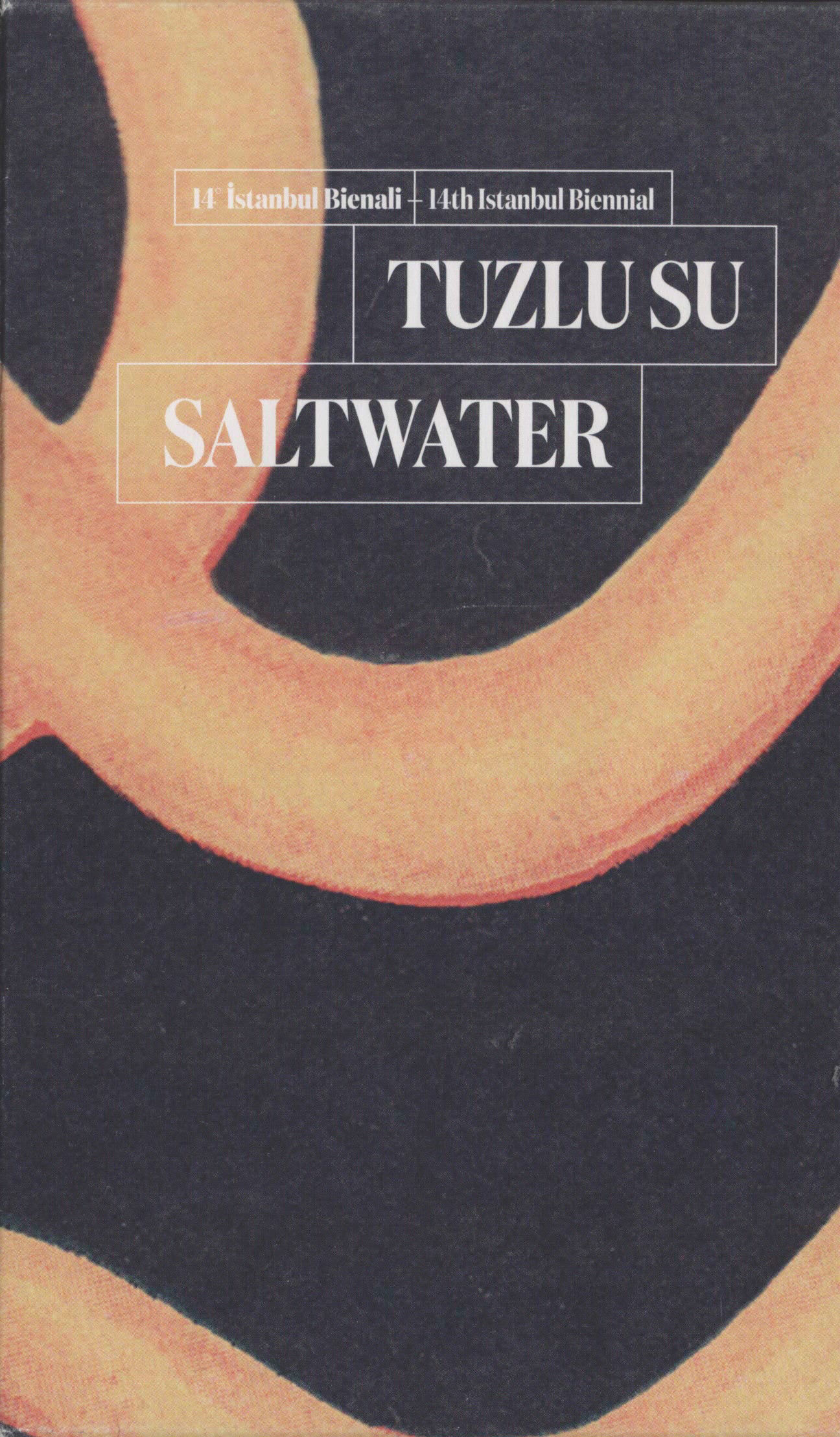
Tuzlu Su / Saltwater. 14th Istanbul Biennial Catalogue
Istanbul: IKSV, 2015. – 540 pp.
Carolyn Christov-Bakargiev’s opus magnum DOCUMENTA (13) stirred debate and a wave of interpretations that secured her the top position in the 2012 Art Review Power 100—the magazine’s list of the most influential people in art. Although it built on the logic of the Kassel exhibition, the 14th Istanbul Biennial, also curated by Christov-Bakargiev, was a more tempered take on the subject.
In Istanbul, she became a curator-archaeologist exploring the historical layers beneath the surface of the visible world in search of the social and ecological tensions and collisions that have determined our present.
Some of the key metaphors Christov-Bakargiev uses in the introduction to the publication are “salty water,” “waves,” and “knots.” Salt and water are essential constituents of living organisms. At the same time, salt has caused wars and conflicts; having access to salt might be a matter of survival, and it is used to preserve food. Salty water is the ocean—the space of great discoveries, “endless waters and darkness in my mind,” in the words of writer Orhan Pamuk, who has also contributed to the catalogue. “Knots,” Bakargiev explains, “are arrested movements, hiccups in the flow of waves. [The Biennial] looks at the waves of history when time slows down and movement is arrested <…> We look at these knotted lines through the lens of our troubled times, we look at them archeologically, turning over the stones.”
Refusing to follow any strict logic, in Istanbul Bakargiev exhibited works by contemporary artists like Pierre Huyghe, Cildo Meireles and Michelangelo Pistoletto next to drawings by psychoanalyst Jaques Lacan and Norwegian mathematician Carl Størmer and writings by participants of Cansu Çakal’s feminist master class in the Istanbul city center. The selection of texts in the catalogue reflects the heterogeneity of the show and brings together texts as different as Boris Groys’ poetic essay comparing our perception of time to an image of a waves washing ashore and an article on theosophist and one of the first feminists, Annie Besant (whose drawings were also presented in the Biennial). There is also a piece by Lacanian psychoanalyst Jean-Michel Vappereau and a fascinating essay on rivers at the bottom of the ocean that change the Earth’s surface by geologist Jeffrey Peakall.
One of the most interesting contributions to the catalogue is an article by Griselda Pollock discussing the work of Christine Taylor Patten, who also took part in Christov-Bakargiev’s project. Summing up her analysis of Patten’s series of 2,000 drawings, Pollock offers her perspective on the future of art “after nature.” “We are blessed at the moment with a richness of thought about this question of life as human life in its visible and invisible complexity,” she states, “which, for [Hannah] Arendt, was political in its deepest sense, and about the relation of such a human life to other organisms whose ‘life’ and liveliness we can now detect at macro levels hitherto unknown due to amazing firms of technological advance…” Detect—and make them visible, she adds, without turning to dominant narratives, but using our language as the original structure that “decentralizes” as it creates. V.L.
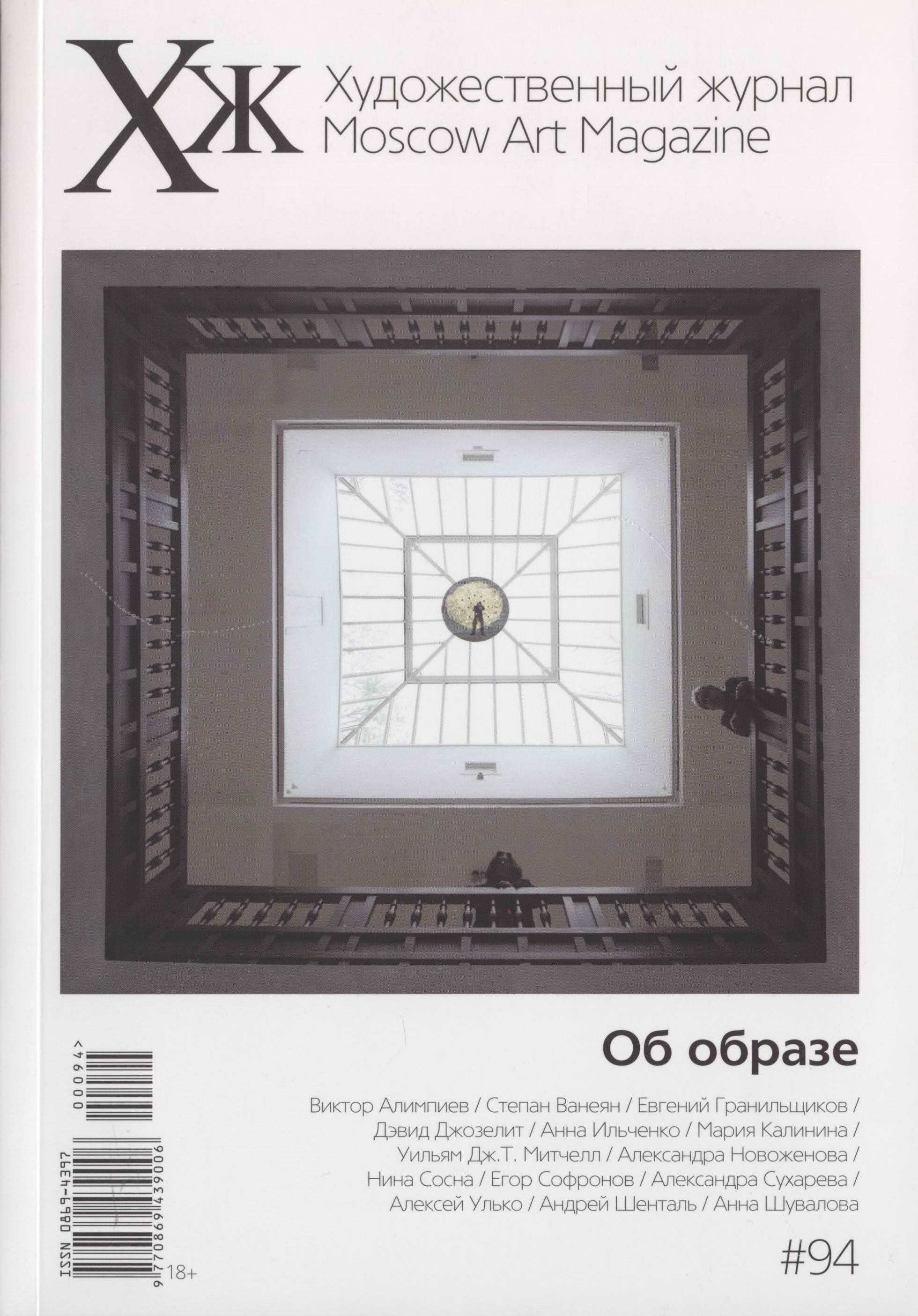
Дэвид Джозелит. Против репрезентации [David Joselit. Against Representation]
Художественный журнал №94 2015. – с. 46–52
The article by acclaimed American art theorist David Joselit, co-author of Art Since 1900 (recently republished by Garage and Ad Marginem Press) is devoted to Pierre Huyghe’s work Untilled (2011–2012), which was exhibited at DOCUMENTA (13). However, it is essentially a theoretical essay on the ecology of the image.
Huyghe’s work seems to resonate with Rashid Johnson’s installation that is currently on show at Garage. Both works have sculptural elements (in Huyghe’s case, a statue depicting a naked woman surrounded by piles of building material) and are partially made of organic matter (in Huyghe’s case, a beehive, plants, etc), which lives and thus transforms the entire installation. Joselit is primarily interested in the economy of the image: how does the “situation” (as Huyghe calls it) created by the artist become visible to the viewer—accessible to the viewer’s perception?
Analyzing the production of images, Joselit reminds us that this process is always at risk of being taken over by the commercial industry of representation. On the other hand, image perception is a subjective process determined by social and psychological forces that form human as a subject—a subject subservient to “king <…> World Bank.”
The logic of representation, to which even the most critical art tends to adhere, is the reductionist logic of avoiding contradictions and fragmentation. According to Joselit, one should subvert this logic by rejecting the opportunity to be represented, as representation is determined by the power structure and is inherently repressive. Do not create an image, but “surround it” in order to then destroy it: this strategy seems to be present in Huyghe’s work, where “the presumed equation between objects and images collapses into a compost heap” and “uncomposed and decomposing” materials of Untilled surround an “image in order to unsettle it.” V.L.
